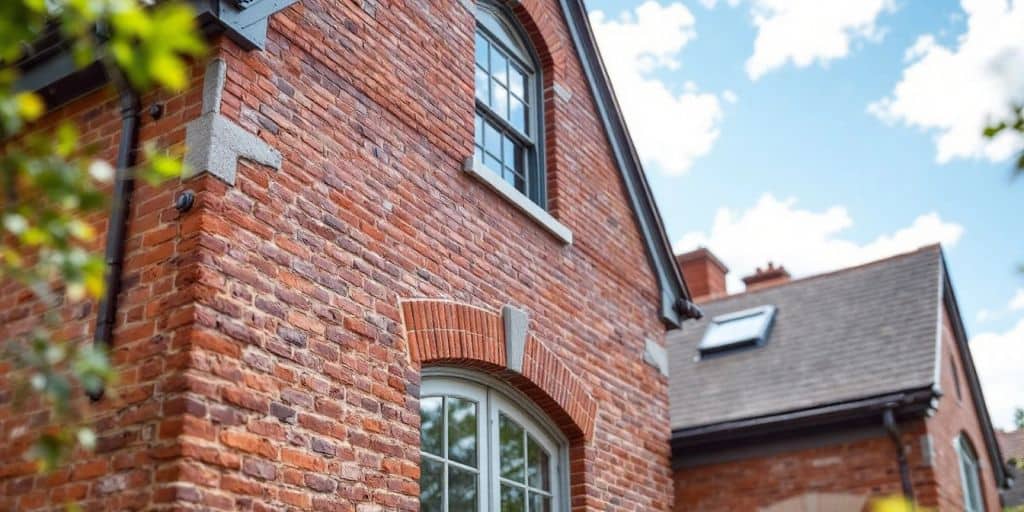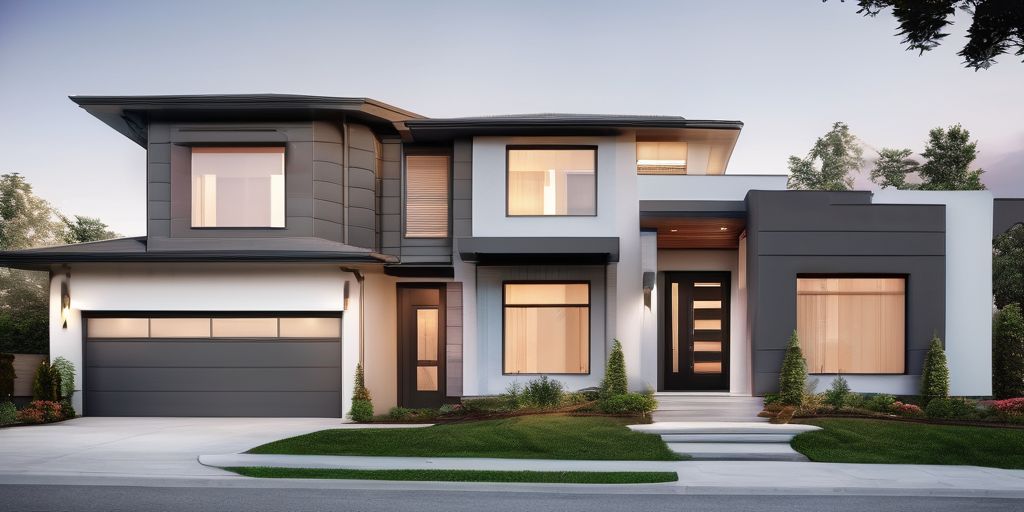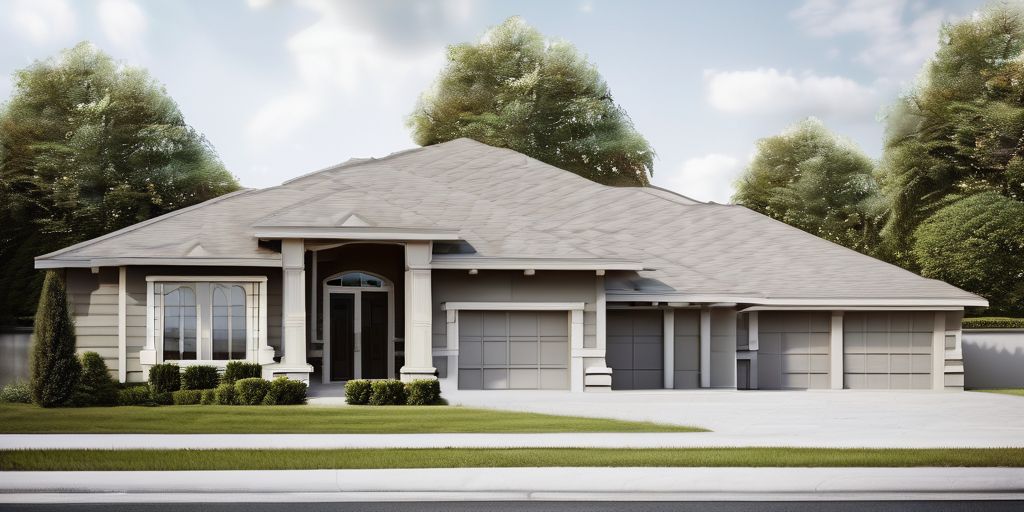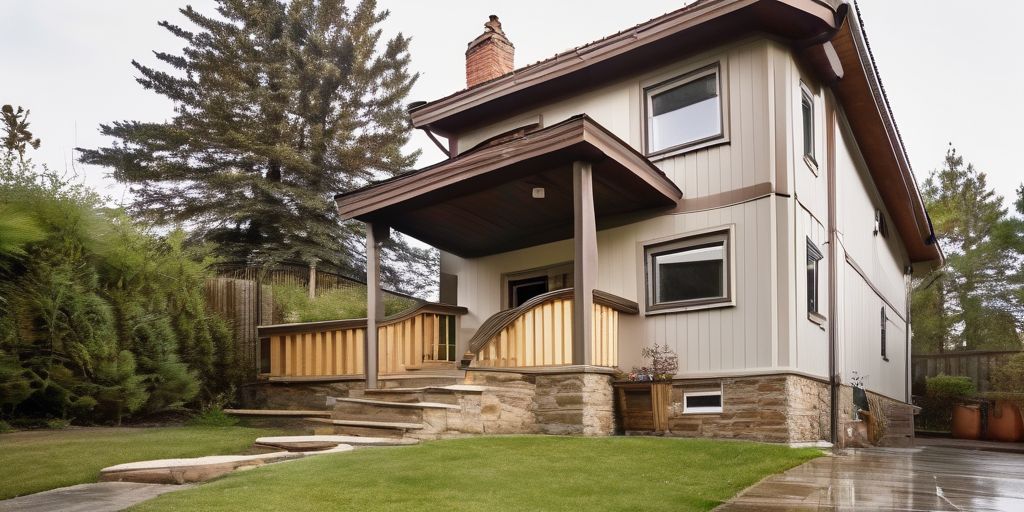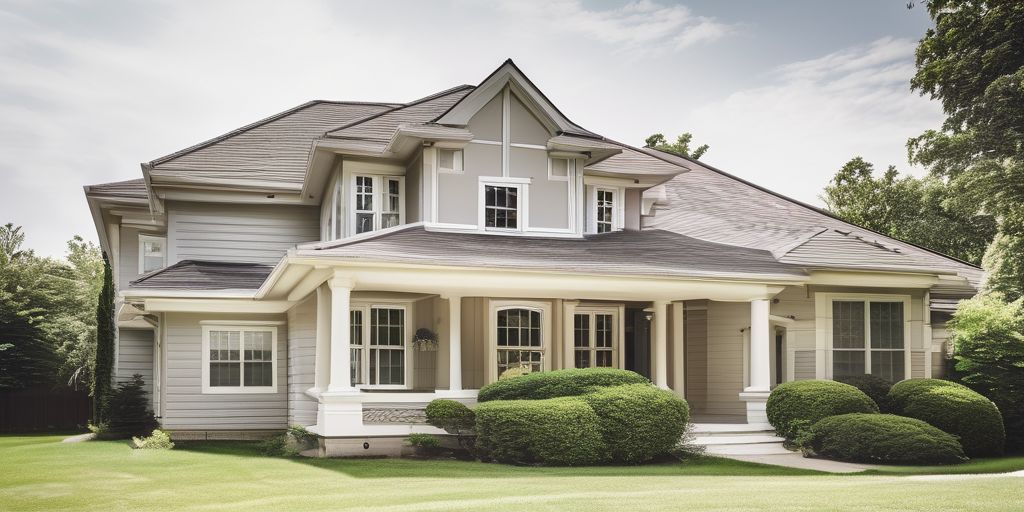Revitalizing the vintage charm of Cambridge’s heritage homes through brick painting is an art that requires careful thought and skill. This guide explores essential techniques and tips to ensure the preservation of these historic structures while enhancing their beauty. From selecting the right paint to applying the finishing touches, each step is crucial in maintaining the architectural integrity of these beloved homes.
Key Takeaways
- Understanding the history behind Cambridge’s brick architecture is vital for proper restoration.
- Choosing the right paint and colors can significantly improve the look and durability of brick exteriors.
- Thorough cleaning and priming of the surface are essential for long-lasting results.
- Weather conditions should always be considered when planning painting projects to protect the brickwork.
- Expert advice and innovative repair techniques can greatly assist in restoring historic homes.
Understanding Cambridge’s Brick Heritage
Cambridge’s brick heritage is a vital part of its architectural story. The city’s brick buildings reflect a rich history and unique craftsmanship. Understanding this heritage helps in preserving its charm and significance.
Historical Significance of Brick Architecture
- Brick architecture in Cambridge dates back to the colonial era.
- It symbolizes permanence and resilience in the face of time.
- Notable buildings, like those at Harvard University, showcase the importance of brick in the city’s history.
Key Features of Cambridge Brickwork
Cambridge brickwork is known for its distinct characteristics:
- Patterns: Common styles include Flemish bond and English bond.
- Colors: A variety of shades, from deep reds to earthy browns.
- Textures: Textured finishes that add depth and character.
These features contribute to the unique charm of Cambridge’s buildings, making them essential to the city’s identity.
Preservation Efforts in the Community
The community plays a crucial role in maintaining Cambridge’s brick heritage. Key efforts include:
- Regular maintenance and repair of brickwork.
- Use of traditional materials and techniques.
- Advocacy for heritage conservation policies.
The commitment to preserving Cambridge’s brick heritage ensures that future generations can appreciate the city’s architectural legacy.
By valuing the historical significance, key features, and community efforts, we can continue to honor and protect Cambridge’s brick heritage for years to come.
Choosing the Right Paint for Cambridge Bricks
When it comes to painting the brick exteriors of homes in Cambridge, selecting the right paint is crucial for both aesthetics and durability. The paint should be breathable to allow moisture to escape, which helps prevent damage to the brickwork. Here are some important considerations:
Types of Paint Suitable for Brick
- Acrylic Latex Paint: Known for its durability and flexibility, making it a popular choice.
- Mineral-Based Paint: This type penetrates the brick surface, providing a long-lasting finish.
- Silicate Paint: Bonds with the brick, creating a breathable and weather-resistant layer.
Color Selection Tips
Choosing the right color can greatly enhance the look of your home. Here are some tips to consider:
- Historical Context: Opt for colors that reflect the historical significance of your property.
- Surrounding Environment: Select colors that harmonize with the natural and built environment around your home.
- Light Reflection: Lighter colors can help keep the building cooler during the summer months.
Eco-Friendly Paint Options
- Look for low-VOC (volatile organic compounds) paints that are safer for the environment.
- Consider natural mineral-based paints that are both effective and eco-friendly.
- Research historical color palettes specific to Cambridge to ensure your choices are in line with local heritage.
Remember, the goal is to maintain the charm of Cambridge’s historic architecture while ensuring the longevity of your paint job. Regular maintenance and touch-ups are essential to keep your home looking its best.
By following these guidelines, you can choose the right paint that not only beautifies your home but also protects its structural integrity. Whether you’re near the iconic King’s College or in a quieter neighborhood, the right paint can make a significant difference in preserving the character of Cambridge’s heritage homes.
Proper Preparation for Vintage Brick Painting
Cleaning and Priming the Surface
Before painting vintage bricks, thorough cleaning is essential. Here’s how to do it effectively:
- Remove debris: Use a stiff-bristled brush to clear away dirt and moss.
- Apply a gentle cleaner: Use an eco-friendly solution to avoid damaging the bricks.
- Scrub the surface: Use a brush or sponge to clean the bricks.
- Rinse thoroughly: Make sure to wash away all cleaning solution with water.
- Dry completely: Allow the bricks to dry before moving on.
Tackling repairs after cleaning is crucial for a smooth surface. This ensures the paint adheres well and lasts longer.
Essential Tools and Materials
To prepare for painting, gather these essential tools:
- Stiff-bristled brush: For cleaning the surface.
- Eco-friendly cleaner: To protect the brick.
- Chisel and mortar: For repairing any damage.
- Primer: To ensure better paint adhesion.
Weather Considerations
When preparing for painting, consider the weather:
- Dry conditions: Ideal for painting to avoid moisture issues.
- Temperature: Aim for moderate temperatures for best results.
- Avoid rain: Ensure no rain is expected for at least 24 hours after painting.
By following these steps, you can ensure a solid foundation for your vintage brick painting project, preserving Cambridge’s rich architectural heritage.
Techniques for Achieving a Weathered Look
To create a convincing weathered appearance on your vintage brick, a thoughtful approach is key. This method helps the painted surface blend beautifully with the historical charm of Cambridge’s heritage homes.
Selecting the Base Color
- Choose a base color that mimics the natural aging of brick. Earthy tones often work best.
- Apply the base coat and let it dry completely before moving on.
Applying Contrasting Colors
- Use a sponge or dry brush to gently dab a contrasting color onto the bricks. This technique creates the illusion of natural wear and tear.
- Focus on areas that would naturally show more weathering, like edges and corners.
Focusing on Natural Wear Areas
- Step back frequently to evaluate your work from a distance. Adjust your technique as needed to ensure a balanced and realistic effect.
- Remember, the goal is to enhance the brick’s character, not overshadow it.
The key to a convincing weathered look is subtlety. This technique allows you to control the outcome for a desired aesthetic, especially in a city rich in history like Cambridge.
By following these techniques, you can achieve a beautifully aged look that resonates with the heritage of the area, making your home a part of Cambridge’s storied landscape.
Balancing Aesthetics and Durability
When painting the brick exteriors of Cambridge’s heritage homes, it’s essential to find a balance between beauty and durability. This ensures that the charm of the architecture is preserved while also protecting it from the elements. Here are some key points to consider:
Choosing Historically Accurate Colors
- Select colors that reflect the original palette of the home.
- Use muted, earthy tones that blend well with the surroundings.
- Research historical color palettes specific to Cambridge.
Using High-Quality Paints
- Opt for paints that are designed for brick surfaces.
- Ensure the paint is weather-resistant to withstand Cambridge’s climate.
- Consider paints that offer UV protection to prevent fading.
Regular Maintenance Tips
- Schedule periodic inspections to check for wear and tear.
- Clean the painted surface gently to maintain its appearance.
- Apply sealants to protect against moisture and environmental damage.
Remember, maintaining the integrity of the brickwork is just as important as the initial painting. A well-maintained surface not only looks good but also lasts longer.
By focusing on these aspects, homeowners can ensure that their painted brick exteriors remain vibrant and true to the historic character of Cambridge, while also standing the test of time. This balance is crucial for preserving the unique architectural heritage of the area, such as the iconic King’s College Chapel, which showcases the beauty of well-maintained brickwork.
Finishing Touches and Sealing
After completing the painting process, it’s essential to apply the final touches to ensure the longevity and beauty of your work. Sealing the paint is a crucial step that protects the brick from moisture and environmental damage while enhancing its appearance.
Applying the Topcoat
- Choose a sealant that is suitable for brick surfaces.
- Use a brush or roller for even application, ensuring all areas are covered.
- Allow the topcoat to dry completely before exposing it to the elements.
Sealing the Paint for Durability
- Use water repellents to prevent moisture from penetrating the brick.
- Apply UV blockers to protect against fading from sunlight.
- Consider anti-graffiti coatings for easier cleaning in case of vandalism.
Regular Maintenance and Touch-Ups
- Inspect the painted surface regularly for any signs of wear.
- Clean the surface gently to maintain the sealant’s effectiveness.
- Touch up any areas that may need extra attention to keep the home looking its best.
Remember, the goal is to maintain the beauty and integrity of your heritage home. By sealing and regularly maintaining your painted brick, you can ensure it remains a stunning feature of your property, much like the historic buildings near the iconic King’s College Chapel.
Expert Insights and Restoration Stories
Importance of Proper Preparation
Proper preparation is key to successful brick painting. Experts emphasize the following steps:
- Thorough cleaning of the brick surface to remove dirt and old paint.
- Choosing the right primer to ensure paint adhesion.
- Consulting with professionals to understand the specific needs of your brick type.
Balancing Aesthetics and Longevity
When painting heritage homes, it’s essential to balance beauty with durability. Here are some tips:
- Select historically accurate colors that reflect the home’s original style.
- Use high-quality paints that withstand weather conditions.
- Regular maintenance is crucial to keep the paint looking fresh and vibrant.
Successful Restoration Projects
Many historic buildings in Cambridge have been beautifully restored. Key elements of these projects include:
- Careful selection of paint to match the original brickwork.
- Use of specialized techniques that respect the building’s heritage.
- Community involvement in color decisions, fostering local pride.
Reviving historic homes in Cambridge is not just about aesthetics; it’s about preserving the heritage and charm that define our community.
By following these expert insights, homeowners can ensure their brick painting projects are both beautiful and enduring, contributing to the rich architectural tapestry of Cambridge.
Discover how our expert team at We Paint Siding has transformed homes across Cambridge! With our affordable exterior painting services, you can give your home a fresh look without breaking the bank. Don’t wait any longer—visit our website today to get your free estimate and see how we can help you enhance your home’s curb appeal!
Conclusion
In summary, using vintage brick painting techniques on Cambridge’s historic homes is a wonderful way to celebrate their beauty and history. By learning about these methods and applying them carefully, homeowners can not only improve the look of their houses but also honor the area’s rich past. Whether you decide to restore the original brick or try out new colors, there are so many exciting options. Embrace Cambridge’s heritage through vintage brick painting, and watch your home become a stunning piece of art.
Frequently Asked Questions
What kind of paint should I use for brick in Cambridge?
It’s best to use paint made specifically for brick, like acrylic latex or mineral-based paint, to ensure a long-lasting finish.
Can I paint over old brick paint?
Yes, you can, but make sure to clean and prepare the surface well before applying new paint.
How long will painted brick last?
With proper care and maintenance, painted brick can last many years.
Does painting brick change its texture?
Painting can change the texture a bit, but using layering techniques can help keep its original feel.
How do I clean painted brick?
Use a mild detergent and water to clean painted brick regularly.
Can I change the color of my painted brick?
Yes, you can repaint it to a different color, but proper preparation is key for the best results.

